Besides PVC is a plastic material and silicone rubber being an elastomer, there are several other distinguishing differences between the two materials. As a business owner, it is essential to know these differences so you can choose the most suitable one.
Fortunately, this guide discusses PVC and silicone rubber in detail. We also cover the best one for your application. Kindly read along.
What is PVC?
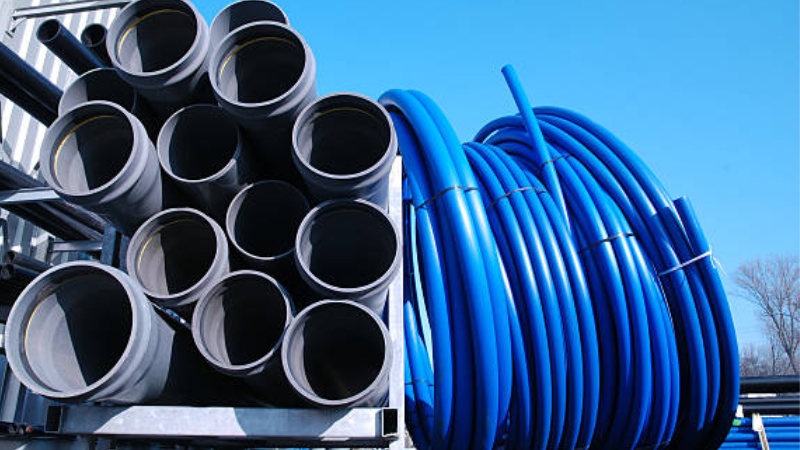
PVC, also known as polyvinyl chloride, is a plastic material. Although sometimes referred to as PVC rubber, this high-strength thermoplastic material is used in several applications across industries, including medical, electrical, and building and construction. PVC material is versatile, low-cost, and easy to process.
PVC is manufactured by polymerizing vinyl chloride monomer. Additives like colorants and plasticizers reinforce the polymer, creating flexible and rigid PVC plastic. This white powdery amorphous material has a temperature resistance of 140 degrees Fahrenheit and a material vitrification temperature of 90 degrees.
What is Silicone Rubber?
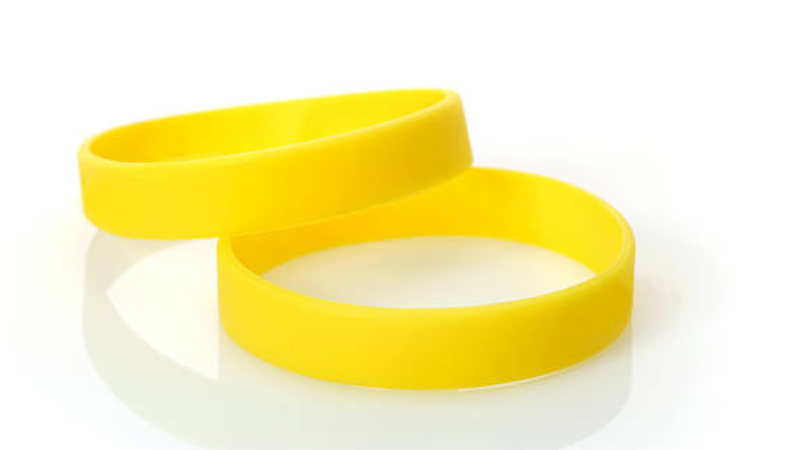
Silicone rubber is an elastomer consisting of silicone, hydrogen, oxygen, and carbon. This high-performance rubber material has several properties, making it ideal for use across several applications. Silicone rubber is characterized by its thermal stability, flexibility, and high strength.
Silicone rubber is manufactured by passing extracted silicon through hydrocarbons and a mixture of additives. Therefore, the upfront costs for the silicone rubber manufacturing process are relatively high. However, the material is cost-effective in the long run.
The Properties of PVC and Silicone Rubber

As mentioned earlier, PVC and silicone rubber have similar but different properties. The properties of PVC include the following;
- Component: PVC is a thermoplastic made from the polymerization of vinyl chloride monomers
- Touch: this material has a slightly rugged and rough touch
- Rebound strength: this material has a poor rebound
- Burning: PVC turns black after burning. The material also smells bad when burning
- Temperature resistance: PVC cannot withstand temperatures beyond 170 degrees Fahrenheit. At this threshold, the material decomposes into hydrogen chloride
The properties of silicone rubber include the following;
- Component: silicone rubber is an elastomer of organic silicon atoms. It contains siloxane, an insoluble compound.
- Touch: silicone rubber is soft and smooth to touch
- Rebound strength: silicone rubber rebounds to its original shape after removing an external force
- Burning: silicone rubber is generally transparent during burning. It is also inherently self-extinguishing. Nevertheless, it produces amorphous white powder and a small burning smell
- Temperature resistance: silicone rubber is a widely sought-after elastomer due to its high thermal stability.
The Applications of PVC and Silicone Rubber
Due to their respective properties, PVC material and silicone rubber have industries where they are applicable.
Applications of PVC material

PVC is widely employed across several industries, including;
- Construction
PVC products in the construction industry include floorings, wall coverings, pipes, and fittings, window and door profiles, and cable and services ducting
- Healthcare
PVC is used to manufacture inflatable splints, blood bags, surgical and examination gloves, containers for urine continence, blood vessels for artificial kidneys, and endotracheal tubing
- Automotive
PVC is used for its high-performance qualities to manufacture sun visors, mud flaps, interior door panels, underbody coating, and auto harness wiring
- Sports
This material is used in manufacturing pipings, electrical wiring, roofings, and seating in constructing sporting venues.
- Protective coating
PVC is used to manufacture coated fabrics and emergency shelters
Applications of Silicone Rubber
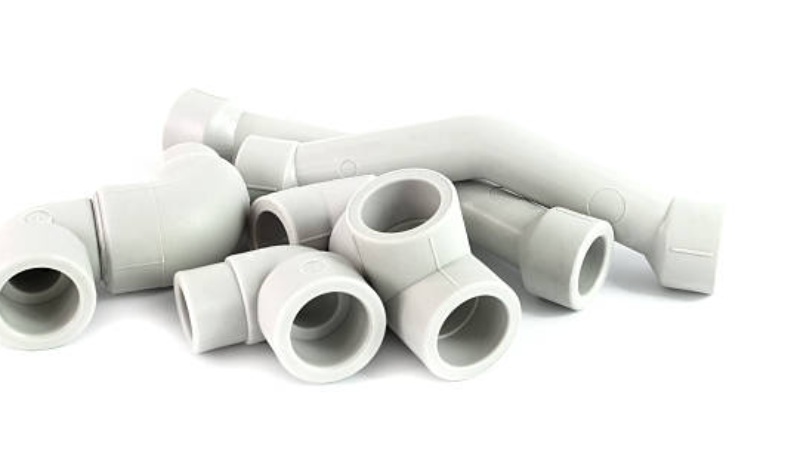
Silicone rubber is used across several industries, including;
- Aerospace
Silicone rubber is used to manufacture seals and gaskets, spacesuit fabrics, and aircraft manufacturing.
- Automotive
This elastomer manufactures shock absorbers, gaskets, seals, and car parts. It is also used to manufacture coatings and varnishes.
- Construction
Silicone rubber is used to manufacture protective coatings, sealants, and adhesives.
- Electronics
The elastomer manufactures PVC cables, sealants, varnishes, insulating tape, lubricants, and keyboards.
- Medical
Medical-grade silicone is used to manufacture balloon catheters, electrosurgical handpieces, ear plugs, sleep apnea face masks, and tubing for drug delivery.
The Advantages and Disadvantages of PVC and Silicone Rubber
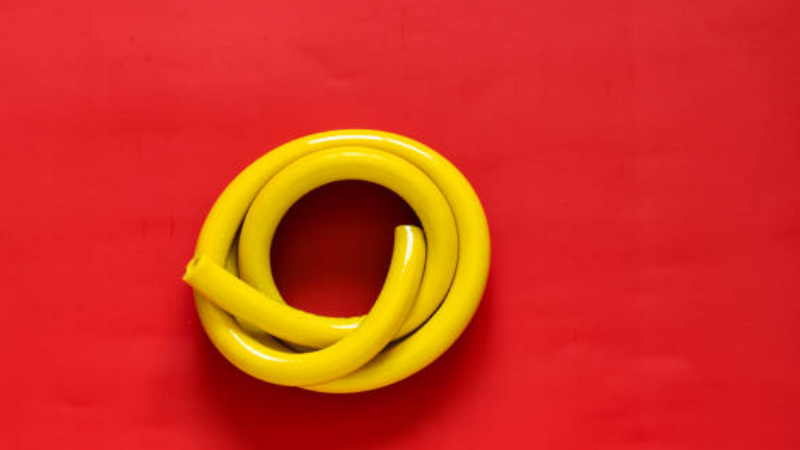
PVC material and silicone products have their respective advantages and disadvantages.
Pros and Cons of PVC Plastic
PVC is an excellent thermoplastic with several benefits, including;
- Versatility
PVC is versatile and suitable for use across several industries. It is sturdy, easy to install, and compatible with shrink-wrap machinery.
- Electrical Insulation
PVC is widely used in heating and cooling due to its insulating properties. Consequently, this material is commonly employed in the construction of large buildings to help the circulation of warm and cool air
- Corrosion resistance
PVC materials are used in industries due to their corrosion-resistant properties. This material can withstand the effects of gases and fumes. It also conforms to safety standards and does not corrode even when used in the ductwork.
The disadvantages of PVC include the following;
- Cost
PVC has a higher upfront cost – it is expensive to manufacture. However, this material saves costs over time if it is appropriately maintained.
- Heat limits
Although PVC can withstand heat, it has its temperature limits. This material can withstand high temperatures of only up to 140 degrees Fahrenheit. In addition, PVC material has a low cold resistance. The material turns brittle at freezing temperatures.
Pros and Cons of Silicone Rubber
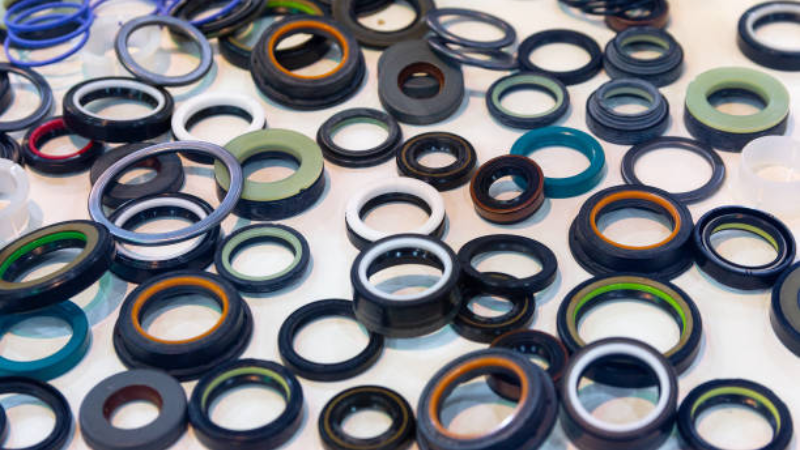
Silicone rubber has several advantages that make it suitable for several applications. These advantages include the following;
- Heat resistance
Silicone rubber has a wide temperature range, making it stable. Of all elastomers, silicone rubber has the highest temperature resistance. In addition, this elastomer is heat-resistant and maintains its flexibility at temperatures up to 450 degrees Fahrenheit.
- High tensile strength
Because silicone rubber is resistant to abrasion and fatigue, it is used in several applications that require stretching and reshaping. This elastomer is especially ideal for extrusion and molding.
- Low chemical reactivity
Silicone rubber’s good chemical stability makes it ideal for extreme conditions. The silicone-to-oxygen chemical bonds in the elastomer’s structure make it suitable for chemical applications. It also improves the material’s resistance to ozone and weather.
- Inertness
Silicone rubber is inert, making it ideal for manufacturing food and medicine materials. This elastomer does not leach, protecting the integrity of food and medical devices.
The disadvantages of silicone rubber include the following;
- Cost
Silicone rubber has several distinctive properties that come at a cost. Although more expensive than other elastomers, silicone rubber gives you your money’s worth.
- Tear strength
Silicone rubber has poor tear strength due to its silicon-to-oxygen backbone. However, this elastomer can be reinforced to have a high tensile strength.
Which One to Choose?
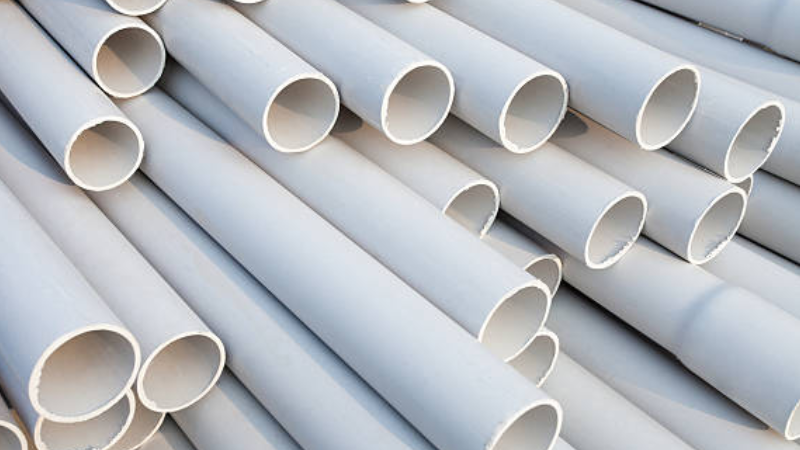
We can’t categorically say that polyvinyl chloride or silicone rubber is better than the other. Each material has an area where it shines. Nevertheless, before choosing one, you must consider your application and see if your choice suits the operating conditions.
The table below summarizes the difference between PVC and silicone rubber.
| PVC | Silicone rubber | |
| Resistance | Good to excellent resistance to chemicals, weathering, UV, acids, chemicals, oil, and greases | Not as resilient as PVC. However, silicone rubber is resistant t flame, ozone, weather, UV, and chemicals |
| Low Temperature | Brittle at low temperatures. May only withstand low temperatures up to 5 degrees Fahrenheit | Can withstand low temperatures to a limit of -65 to -100 degrees Fahrenheit |
| High temperature | Can withstand heat up to 140 degrees Fahrenheit | Can withstand higher temperatures up to a limit of 400 to 450 degrees Fahrenheit |
| Durability | Durable. Its wide hardness range makes it suitable for rigid and flexible applications. | Not as durable as PVC. Fillers improve its tensile strength and tear resistance |
| Cost | Less expensive. | More expensive |
After considering the above differences between PVC and silicone rubber, choosing one that suits your application is best. For example, silicone rubber is ideal if you need a material that can withstand freezing or hot temperatures. And if you are looking for a more challenging and more resilient material with a lower raw material price, PVC is best.
Conclusion
PVC and silicone rubber are similar yet different. Your choice of a suitable material for an application depends on the operating conditions. Both silicone rubber and PVC have excellent properties but have limits. They are weather resistant, durable, and can retain their properties for a wide temperature range.
Suppose you need a material with good weather resistance, stability at high and low temperatures, and offers excellent rebound properties. In that case, silicone rubber is ideal for you.
Get Silicone Rubber Products at Hongju!
Hongju is a rubber products manufacturer with die-cutting and injection molding capabilities to manufacture silicone products that meet your specifications. Besides silicone rubber, we offer various rubber compounds to manufacture components across several industries. Our reputation precedes us, and we can assure you of only high-quality products.
Reach out today!